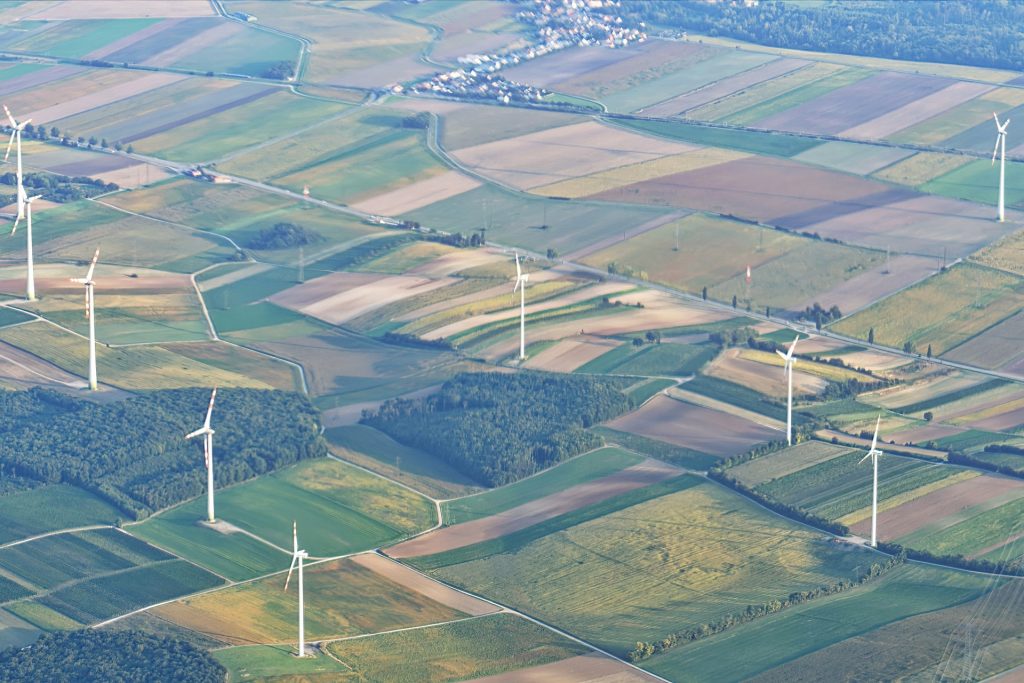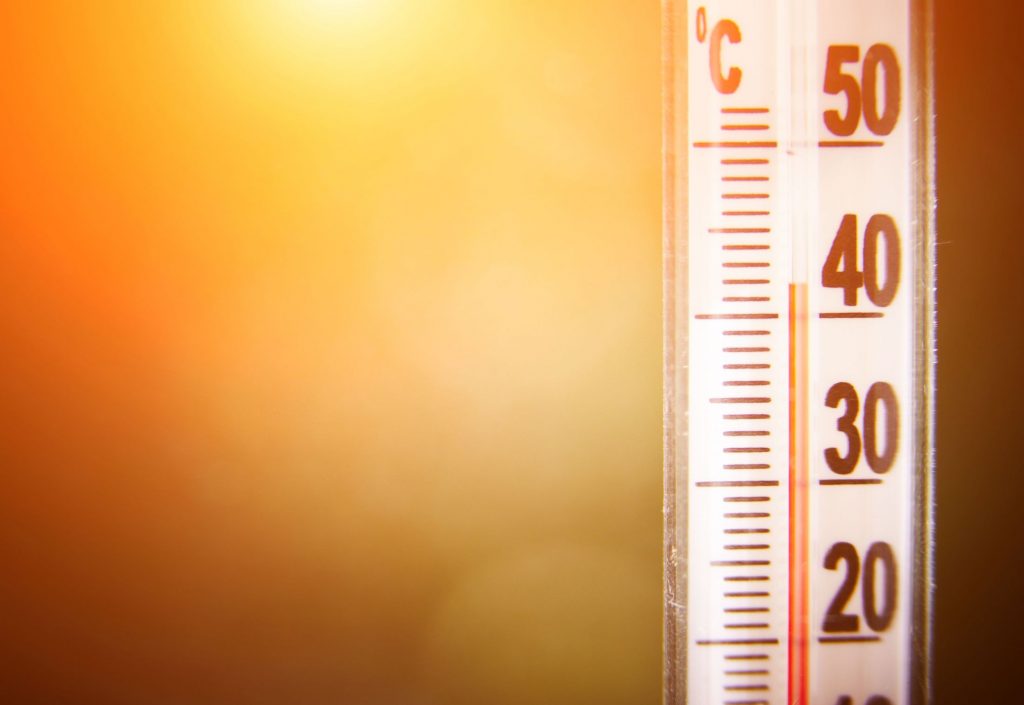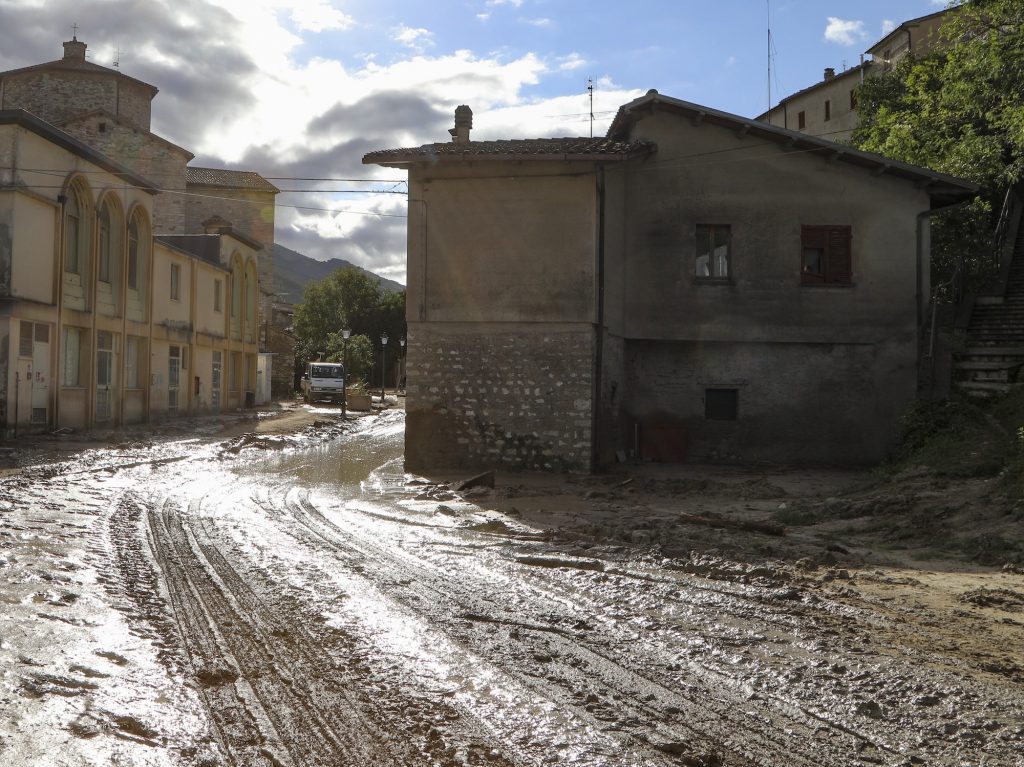
Climate-smart agriculture
Growing the food of tomorrow will require ever greater technological support. From sensors and the internet of things to robotics and novel ways of analyzing data, climate-smart agriculture is emerging as a key solution to producing more with less in a rapidly changing world.










